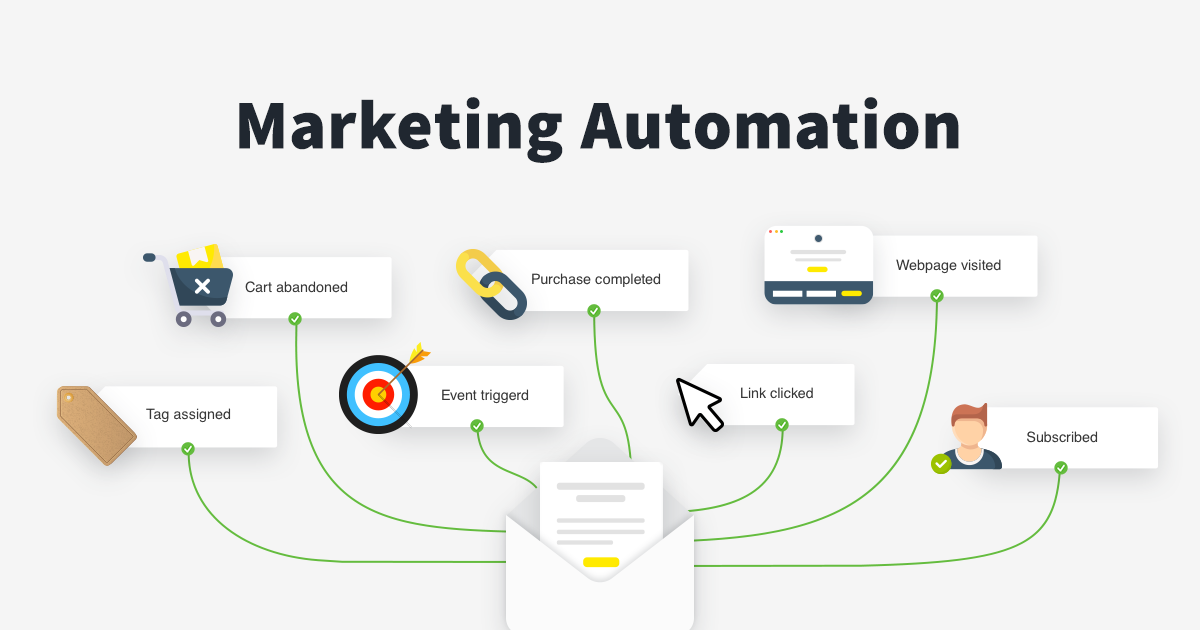Marketing automation has evolved from a futuristic concept to a practical, essential tool for businesses of all sizes. It’s no longer simply about sending emails; it’s about strategically orchestrating a series of automated actions across various channels to nurture leads, personalize customer experiences, and ultimately drive revenue growth. Marketing automation is about efficiency, scalability, and delivering a consistent, tailored experience to your audience. This article will delve into the core strategies, benefits, and best practices of effective marketing automation, providing you with a solid foundation for implementing these powerful techniques. Understanding these principles is crucial for staying ahead of the curve in today’s competitive landscape.
What is Marketing Automation? A Deep Dive
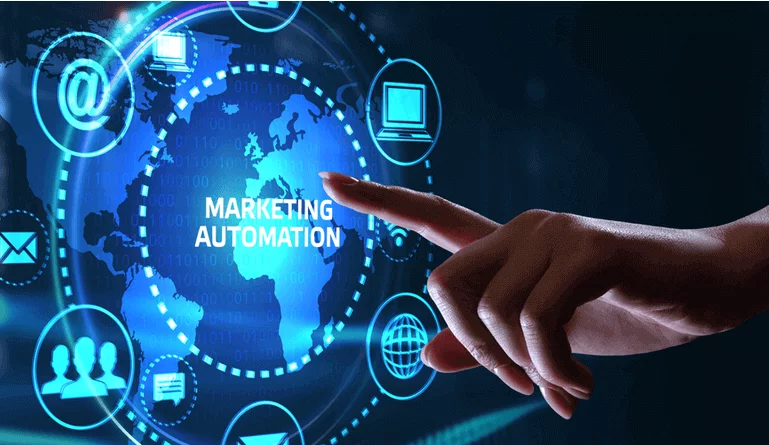
At its core, marketing automation is the use of software and technology to streamline and automate repetitive marketing tasks. It’s about moving beyond traditional, manual processes and creating a continuous flow of interactions with potential and existing customers. Instead of reacting to individual requests, marketing automation systems allow you to proactively engage with your audience, delivering relevant content and offers at the right time. This isn’t about replacing human interaction entirely; it’s about augmenting it, freeing up your team to focus on more strategic initiatives. The key is to understand that it’s about efficiency – automating tasks to save time and resources. Think of it as a digital assistant dedicated to nurturing your marketing efforts.

The Different Types of Marketing Automation
There’s a wide variety of marketing automation platforms available, each with its own strengths and features. Here’s a breakdown of some of the most common types:
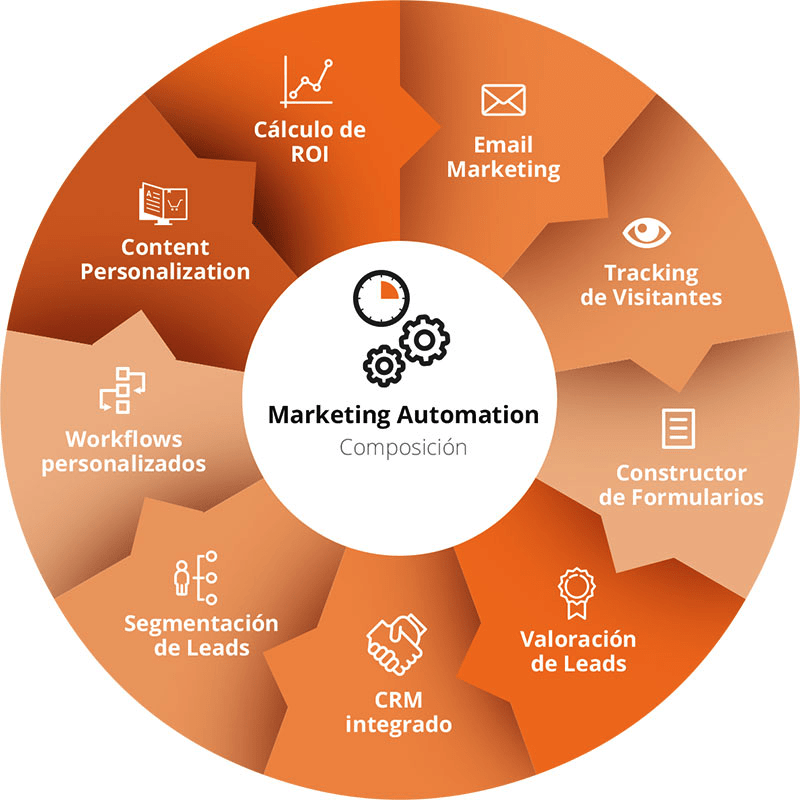
- Email Marketing Automation: This is perhaps the most widely recognized type. It involves sending automated email sequences based on user behavior, such as website visits, form submissions, or purchase history. Features include welcome series, abandoned cart emails, and personalized product recommendations.
- Social Media Automation: Platforms like Hootsuite and Buffer offer tools to schedule posts, monitor social media conversations, and even trigger automated responses to comments and messages.
- Lead Scoring & Nurturing: This involves automatically assigning scores to leads based on their engagement with your content, and then delivering tailored content to those with higher scores. This is a critical component of a successful lead generation strategy.
- Workflow Automation: This is a more sophisticated approach that combines multiple automation tools to create complex, multi-step workflows. For example, a workflow could automatically send a welcome email, then trigger a follow-up email with a special offer, and finally, schedule a phone call.
- CRM Integration: Many marketing automation platforms integrate seamlessly with CRM (Customer Relationship Management) systems, allowing you to track customer interactions and personalize your marketing efforts based on their history.
Implementing Effective Marketing Automation Strategies
Successfully implementing a marketing automation strategy requires careful planning and execution. Here’s a step-by-step approach:
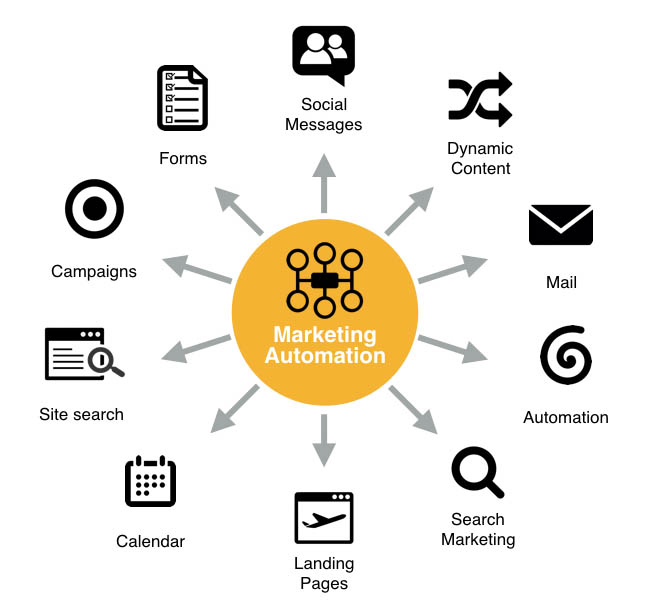
Step 1: Define Your Goals & KPIs
Before diving into any tools or processes, it’s essential to define your goals. What do you want to achieve with marketing automation? Are you aiming to increase lead generation, improve customer retention, or boost sales? Establish Key Performance Indicators (KPIs) to measure your success. Examples include: email open rates, click-through rates, conversion rates, and customer lifetime value. Without clear goals, you won’t know if your efforts are paying off.
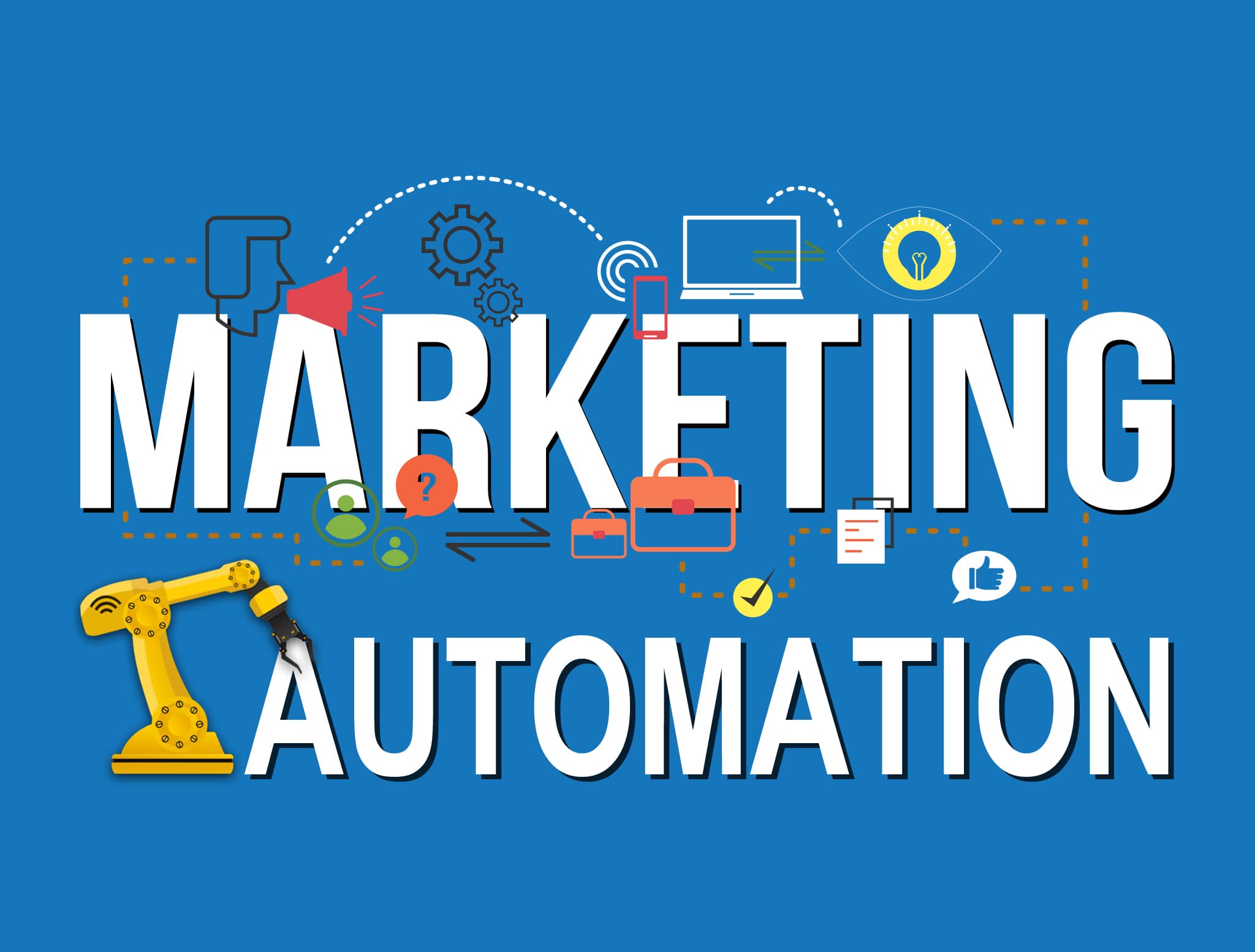
Step 2: Choose the Right Platform
Numerous marketing automation platforms are available, each with varying pricing plans and features. Consider your budget, the size of your team, and the complexity of your marketing needs. Popular options include HubSpot, Mailchimp, ActiveCampaign, and Marketo. Research and compare different platforms to find the one that best suits your requirements. Don’t be afraid to start with a free trial to test out different options.

Step 3: Segment Your Audience
Effective marketing automation relies on segmentation – dividing your audience into smaller groups based on shared characteristics and behaviors. This allows you to deliver more targeted and relevant messages. Segmenting can be based on demographics, purchase history, website activity, email engagement, and more. The more granular your segmentation, the more effective your automation will be.
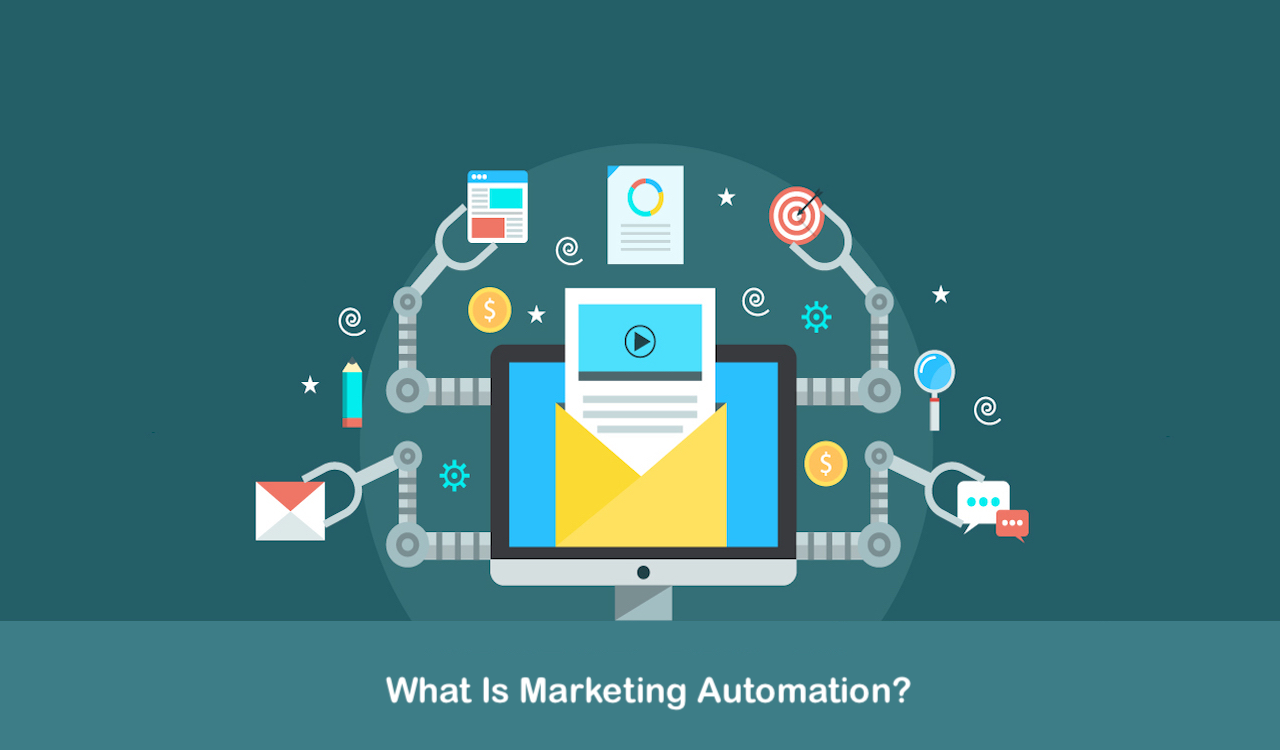
Step 4: Create Automated Workflows
This is where the magic happens! Design automated workflows that trigger based on specific events or behaviors. For example, a welcome email sequence for new subscribers, a triggered email when a lead abandons their form, or a personalized product recommendation based on past purchases. Use a visual workflow builder to create these sequences and ensure they are easy to manage.
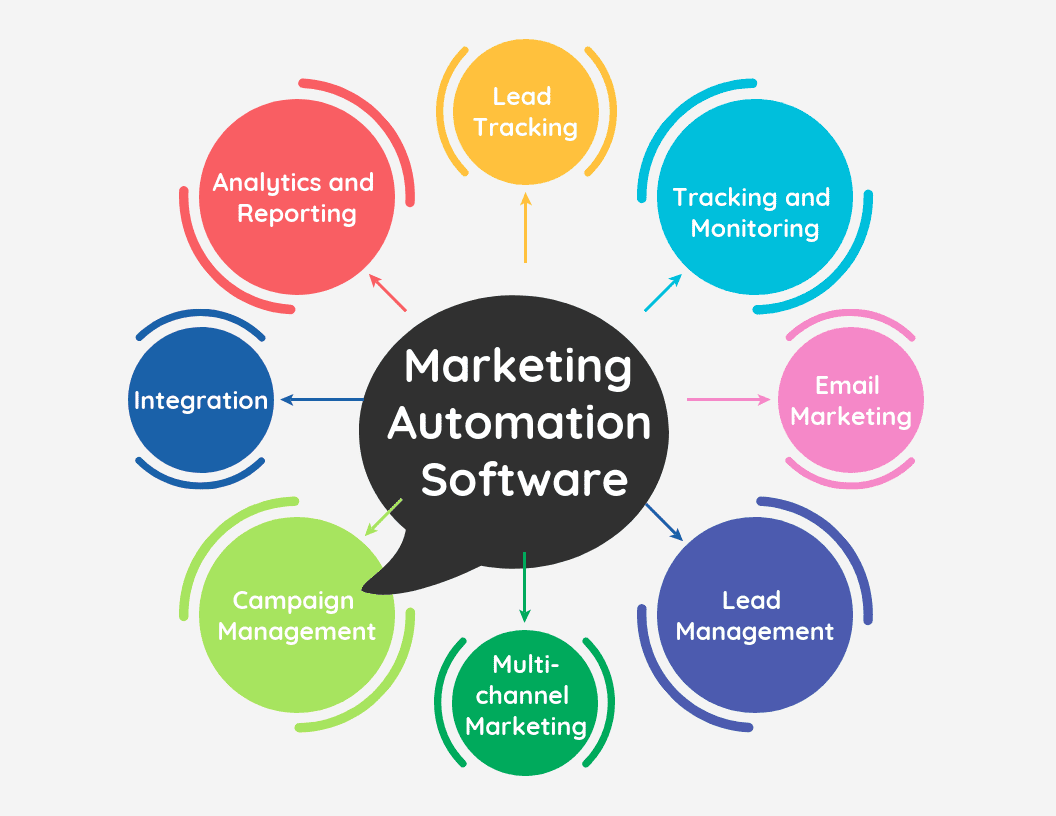
Step 5: Personalize Your Messaging
Generic marketing messages are a recipe for disaster. Personalization is key to capturing attention and driving engagement. Use dynamic content to tailor your emails, website content, and other marketing materials to individual recipients. Personalization can include using their name, referencing their past purchases, or suggesting products based on their interests.

Step 6: Test and Optimize
Marketing automation is not a “set it and forget it” solution. Continuously test and optimize your workflows to improve their performance. A/B test different subject lines, email content, and call-to-actions to see what resonates best with your audience. Analyze your data and make adjustments as needed.
Benefits of Effective Marketing Automation
The benefits of implementing a robust marketing automation strategy are numerous and can significantly impact your business.
- Increased Lead Generation: Automated lead capture and nurturing processes can significantly boost your lead generation efforts.
- Improved Customer Engagement: Personalized emails and targeted content keep your audience engaged and informed.
- Higher Conversion Rates: Automated workflows streamline the sales process and increase the likelihood of conversions.
- Enhanced Customer Retention: Personalized communication and proactive support can improve customer loyalty.
- Increased Sales Revenue: Ultimately, effective marketing automation can contribute to increased sales revenue.
- Time Savings: Automating repetitive tasks frees up your team to focus on more strategic initiatives.
The Future of Marketing Automation
The field of marketing automation is constantly evolving. Artificial intelligence (AI) and machine learning (ML) are playing an increasingly important role, enabling more sophisticated automation capabilities. Expect to see:
- Predictive Analytics: AI-powered tools will analyze customer data to predict future behavior and personalize experiences even more effectively.
- Chatbots: Chatbots will become more sophisticated, providing instant support and guiding customers through the sales process.
- Integration with Other Technologies: Marketing automation platforms will increasingly integrate with other marketing technologies, such as social media management and analytics tools.
- Hyper-Personalization: The ability to deliver truly personalized experiences will become the norm.
Conclusion
Marketing automation is no longer a luxury; it’s a necessity for businesses looking to thrive in today’s competitive landscape. By understanding the different types of automation, implementing effective strategies, and continuously optimizing your workflows, you can unlock significant benefits and drive growth. Marketing automation is a powerful tool that, when used strategically, can transform your marketing efforts and deliver a significant return on investment. Remember to focus on delivering value to your audience and building lasting relationships. Investing in a robust marketing automation system is an investment in the future of your business.
